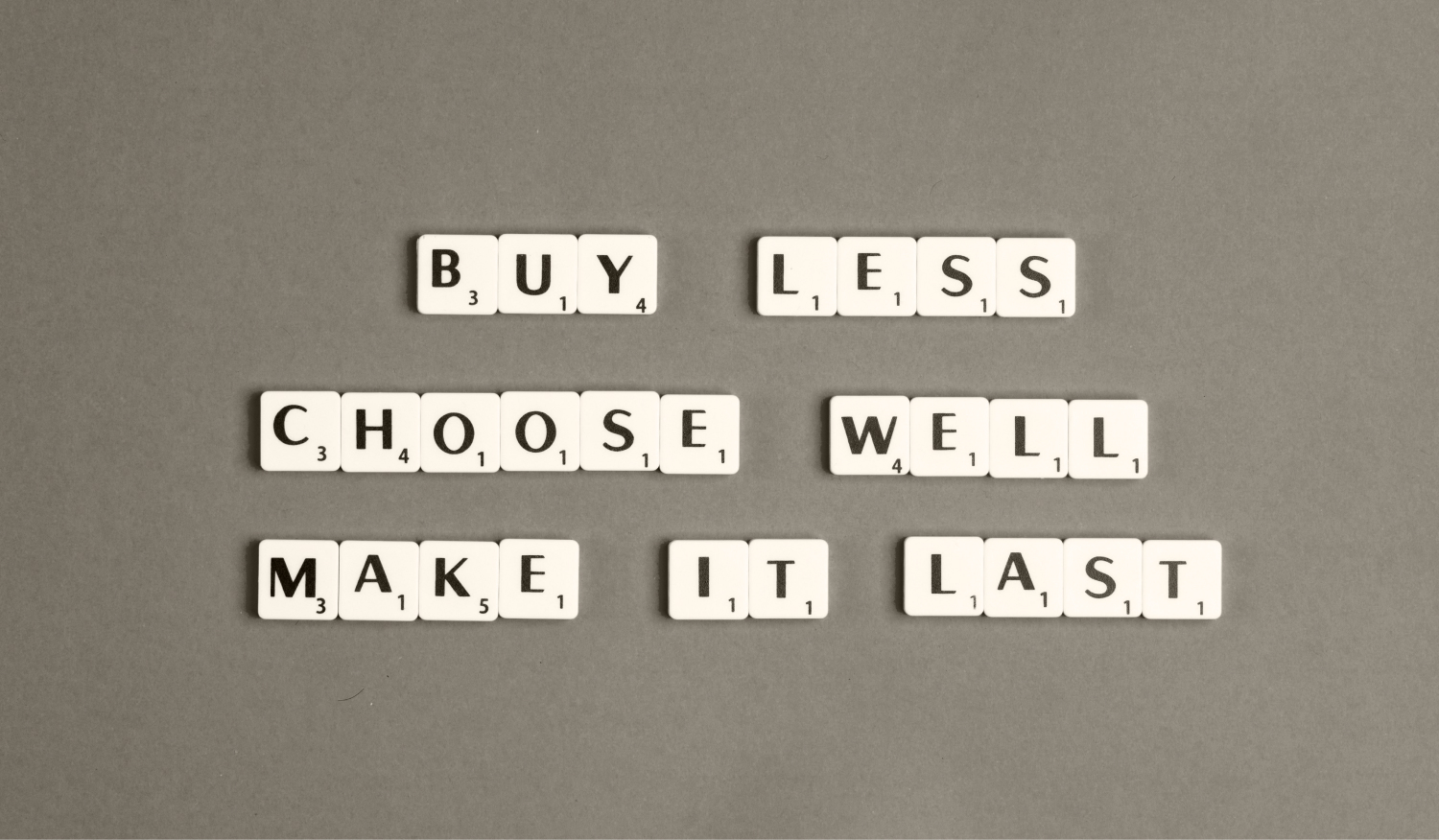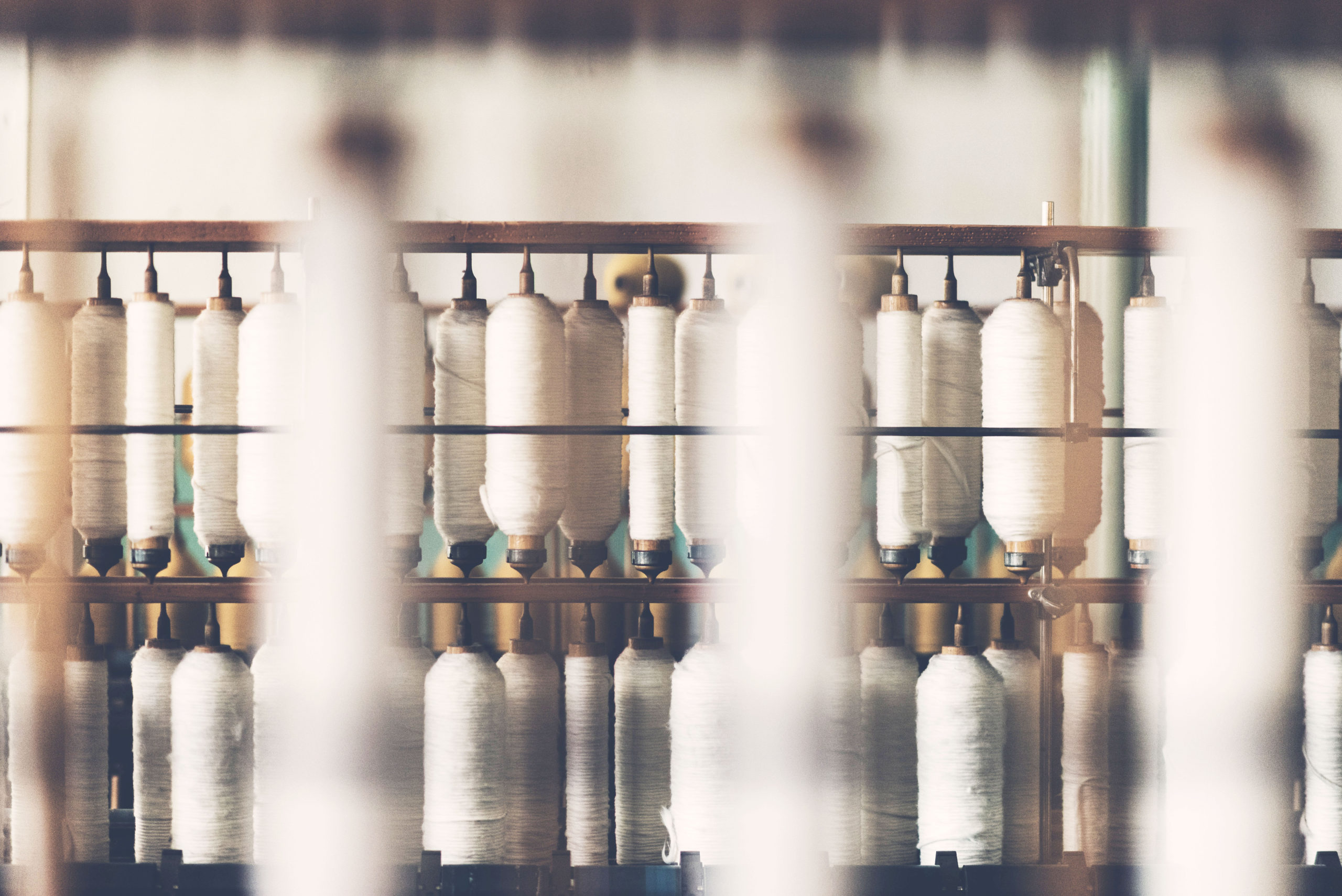The current fashion industry is facing different pressures that force an imminent paradigm shift. In a climate emergency context, the environmental footprint of the textile sector becomes unacceptable. With a great dependence on human capital for its development, the social and economic impact of fashion becomes obvious in the producing communities. While multiple brands focus their efforts on mitigating the most media-related consequences of the industry, there is a determining factor that is often not taken into account when talking about sustainability in fashion: the cultural context. Find out what are the keys that your business can consider to address the fourth dimension of sustainability.
Behind each product there is an entire ecosystem of development and production processes, each one with its own environmental, social, economic and cultural implications
You have probably read it more than once on this blog, sustainability is a complex concept that requires a multidisciplinary approach for its study, understanding and implementation. At BCOME we never get tired of insisting on the integrative nature of sustainability. Behind each product there is an entire ecosystem of development and production processes, each one with its own environmental, social, economic and cultural implications. It’s essential to recognize the solutions and challenges associated with each of these dimensions in order to approach sustainability in a comprehensive manner.
The growing popularity of sustainability in the fashion industry and the urgency of many businesses to want to be recognized as a “more responsible” option within the market has caused the environmental dimension to be the one that enjoys greater popularity when it comes to start on the path of sustainability. However, ignoring the weight of cultural background when making decisions has the consequence that the efforts made by one part are nullified by another. Can we recognize the “sustainable identity” of a brand if, despite using materials with a lower water footprint, it continues to produce an excessive volume of garments? Many fast fashion brands have gone from producing two collections a year to launching new items every week. Is it compatible to spread environmental awareness messages while promoting hyperconsumption?
The culture of consumption has evolved very quickly in recent years. According to the Ellen MacArthur Foundation, the sale of clothing has doubled in the last two decades and the use we give to our clothes has practically halved during this time. 73% of clothes end up incinerated or in landfills and a large percentage of these garments barely have a year of life. Conclusion, we don’t use what we buy.
The perpetuation of the culture of overconsumption prevents the fashion industry from truly evolving towards a sustainable transformation
Beyond the depletion of resources and the generation of textile waste, hyperconsumption has devastating consequences for the fashion industry and its consumers. From the expiration of the designs, through the pressure to offer new products in shorter periods, to the chronic dissatisfaction caused in the consumer. The perpetuation of the culture of overconsumption prevents the fashion industry from truly evolving towards a sustainable transformation.
It is urgent that textile companies integrate the cultural dimension in their sustainability strategy to transform the way they produce and offer their products. Fashion has a great influence on the model of collective consumption. Guiding the public to make more conscious purchases is a responsibility that falls on the brands most committed to a paradigm shift.
How can your business include the cultural dimension in its sustainability strategy?
- Design thinking about the use of the garment. In the design phase, it’s not only possible to determine 80% of the environmental impact of a garment, but also its versatility to be used on multiple occasions. Selecting durable and resistant materials, as well as defining patterns that multiply the possibilities of the product, will be essential to extend the use of the garment.
- Take into account the volume of units produced. The impact of your brand is closely related to the size of your production. As we have previously pointed out, efforts to reduce the environmental footprint of your products can be undermined by the number of garments you produce each year. Analyze the demand and try to adjust your production as much as possible.
- Implement production on demand. Related to the previous point, a possible strategy to avoid overproduction may consist of producing only and exclusively what is going to be sold. This business model provides exclusivity to the product and forces production to be located closer to have greater flexibility when dealing with suppliers.
- Expand brand services beyond sales. The textile sector has the infrastructure and resources to offer much more than new garments. Launching repair or rental services could be some of the alternatives to transform the traditional consumption system. Fashion firms that promote use over consumption will be extending the durability of garments and, consequently, their value.
- Provide information on care and disposal. The responsibility of the brands doesn’t end with the sale of products, they must also guarantee that the use made of the articles is accurate. Companies must promote a conscious use that takes into account the particularities of the garments to extend their useful life, as well as provide information so that their customers can discard those garments that they no longer use in the least harmful way. Reducing textile waste starts by promoting the options available to say goodbye to clothes.
Addressing sustainability from an environmental, social and economic dimension is essential, doing it with the purpose of projecting a change in the culture of production and consumption is a priority. Sustainability begins with awareness by brands and consumers, with the recognition of the consumption context in which we are immersed and the interruption of this dynamic. At BCOME we want to help your business be part of the change. Do you dare to start your journey towards sustainability? We walk with you!








